1. What is Follistatin?
Follistatin is a naturally occurring protein that acts as a potent inhibitor of myostatin, a negative regulator of muscle growth. By binding to and neutralizing myostatin, Follistatin promotes muscle growth, regeneration, and strength. It plays a significant role in regulating follicle-stimulating hormone (FSH) and other reproductive functions. Follistatin has been researched for its potential applications in treating muscle-wasting diseases, enhancing athletic performance, and combating age-related muscle loss.
2. Follistatin Structure
Molecular Formula:C203H317N55O64S
Molecular Weight:38kDa
CAS Number:100043-71-8
3. Follistatin Research
Follistatin is a naturally occurring autocrine glycoprotein encoded by the FST gene, known for its potent inhibition of members of the TGF-β superfamily, particularly myostatin (GDF-8) and activin A. These inhibitory effects have made Follistatin a critical target for research in muscle growth, fibrosis control, reproductive biology, and regenerative medicine.
【1】Mechanism of Action
Myostatin Inhibition: Follistatin binds and neutralizes myostatin, a negative regulator of muscle mass, thereby promoting muscle hypertrophy【https://pubmed.ncbi.nlm.nih.gov/18323406/】.
Activin Pathway Suppression: By binding to activin A, Follistatin modulates inflammation, fibrosis, and hormonal signaling across multiple organ systems.
Tissue-Specific Expression: Alternative splicing generates Follistatin isoforms (FS-288 and FS-315), each with distinct biodistribution and receptor interactions.
【2】 Biological & Clinical Outcomes
Muscle Growth and Performance: Gene therapy studies using AAV-mediated FST delivery have shown increased muscle mass and strength in both rodents and primates (Science Translational Medicine, 2009).
Anti-Fibrotic Effects: Follistatin reduces fibrosis in the liver, lungs, and skeletal muscle, by inhibiting TGF-β/Smad3 pathways【https://pmc.ncbi.nlm.nih.gov/articles/PMC4114482/】.
Reproductive and Endocrine Modulation: It influences FSH secretion, gonadal development, and may play a role in polycystic ovary syndrome (PCOS).
【3】Therapeutic Development
Muscular Dystrophy Trials: Ongoing investigations into FST gene therapy for Duchenne muscular dystrophy (DMD) and Becker muscular dystrophy (BMD).
Anti-Aging and Sarcopenia: Potential to counteract age-related muscle wasting and cachexia.
Hair Growth and Skin Regeneration: Topical follistatin formulations are being evaluated for their ability to stimulate dermal papilla cells and support epidermal regeneration.
【4】Expert Insight
Dr. Se-Jin Lee (discoverer of myostatin): “Follistatin represents a master regulator of muscle growth, and its manipulation could revolutionize therapies for muscular disorders.”
A 2021 review in Trends in Endocrinology & Metabolism calls Follistatin “a multifaceted peptide with translational potential in muscle repair, reproductive endocrinology, and fibrotic disease.”
✅ Why Consider Follistatin?
💪 Promotes significant muscle hypertrophy through myostatin inhibition
🧬 Supports anti-fibrotic pathways critical for tissue healing and organ preservation
⚙️ Modulates hormonal axes, offering benefits in reproductive health
🧪 Emerging role in regenerative medicine, stem cell support, and muscle gene therapy
🔄 Potential in anti-aging and metabolic health via cachexia and sarcopenia reversal
🧖 Promising applications in skin rejuvenation, hair growth, and wound recovery
4. Future Follistatin Research
A. Regenerative Medicine & Stem Cell Therapy
Stem Cell Potentiation: Enhancing mesenchymal stem cell (MSC) proliferation and differentiation in muscle, cartilage, and cardiac tissue repair.
Tissue Engineering: Use in bio-scaffolds for 3D printed muscle tissue or organoids.
B. Neuroprotective Applications
Follistatin’s modulation of activin signaling is being explored for its neuroprotective roles in stroke, spinal cord injury, and Parkinson’s disease models.
Potential enhancement of neurogenesis and remyelination in aging or injury.
C. Oncology and Cancer Cachexia
Targeting muscle loss in cancer-related cachexia.
Exploring whether Follistatin analogs can safely inhibit myostatin without promoting tumorigenic pathways.
D. Gene Editing and Delivery Technologies
CRISPR-Cas9 strategies to upregulate endogenous follistatin expression.
Nanoparticle and AAV delivery systems to enhance target-specific expression and minimize immune response.
E. Synergy with Peptides and Anabolics
Potential for co-use with GH secretagogues, IGF-1, BPC-157, and testosterone derivatives in controlled settings.
5.Application Area
Muscle Regeneration & Hypertrophy
Sarcopenia, cachexia, athletic recovery
Post-surgical muscle atrophy prevention
Anti-Fibrotic Therapies
Liver cirrhosis, pulmonary fibrosis, muscular scarring
Adjuvant in chronic wound healing
Reproductive Endocrinology
PCOS, FSH regulation, infertility treatment support
Hair & Skin Health
Hair follicle regeneration
Wound healing and anti-aging dermatology
✅ Summary
Follistatin is a multi-functional peptide that:
Inhibits myostatin and activin, promoting muscle growth
Reduces fibrosis in various tissues
Modulates reproductive hormones and supports tissue regeneration
Is a rising candidate in gene therapy, regenerative medicine, and performance restoration
ALL ARTICLES AND PRODUCT INFORMATION PROVIDED ON THIS WEBSITE ARE FOR INFORMATONAL AND EDUCATIONAL PURPOSES ONLY.
The products offered on this website are furnished for in-vitro studies only. In-vitro studies(Latin: in glass) are performed outside of the body. These products are not medicines or drugs and have not been approved by the FDA to prevent, treat or cure any medical condition, ailment or disease. Bodily introduction of any kind into humans or animals is strictly forbidden by law.

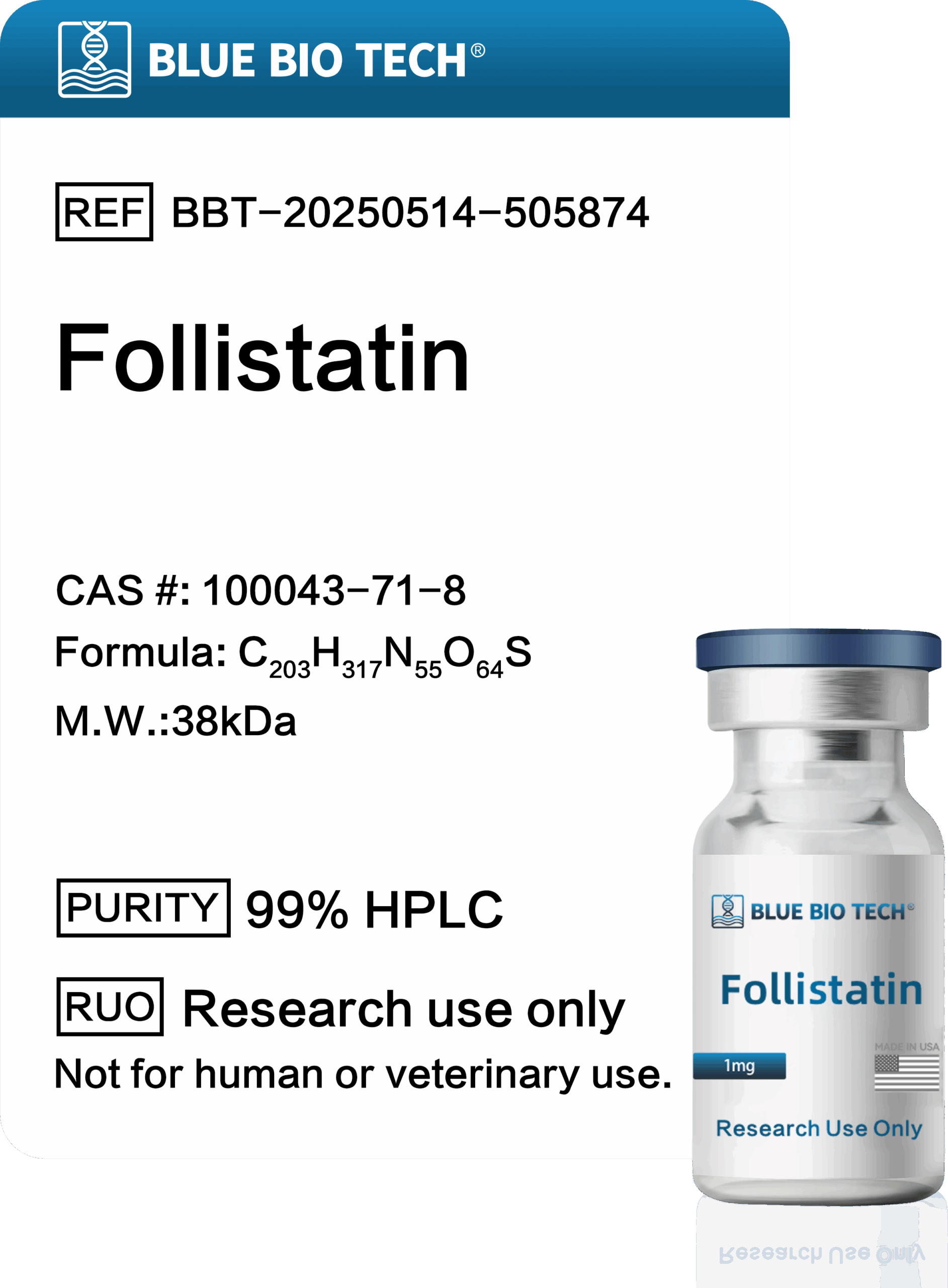

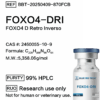
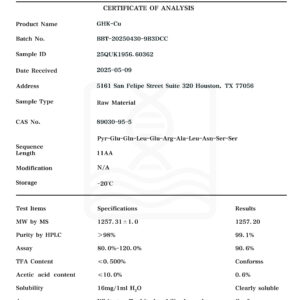
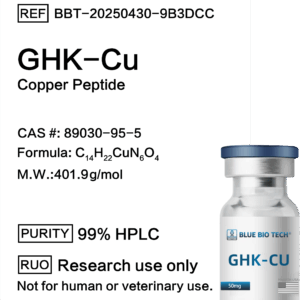
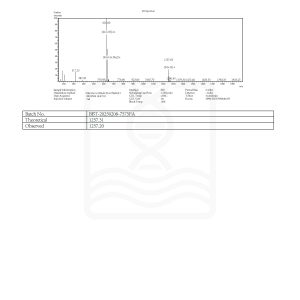
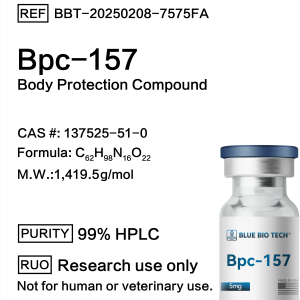
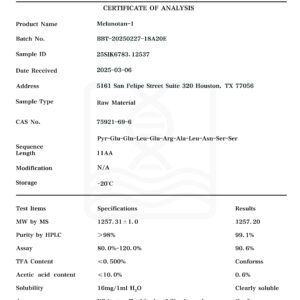
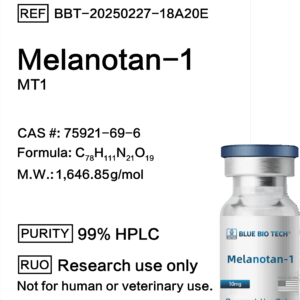
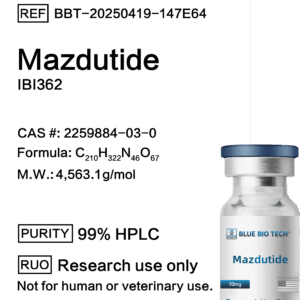
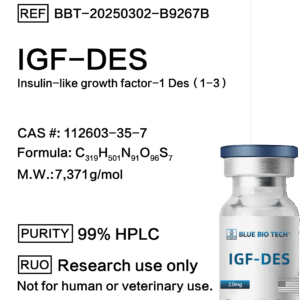
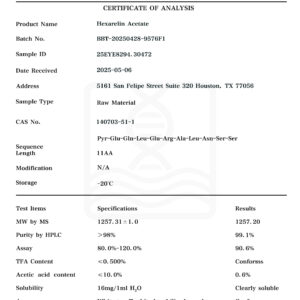
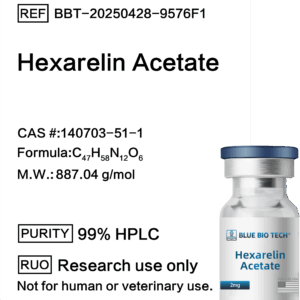
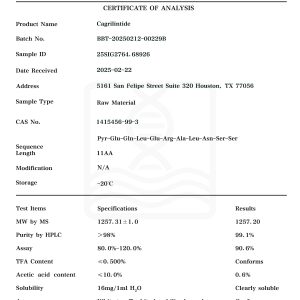
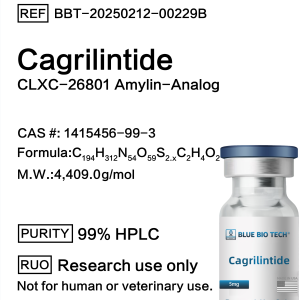
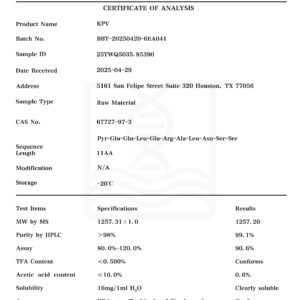
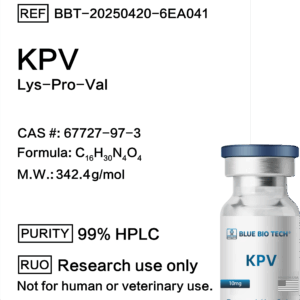
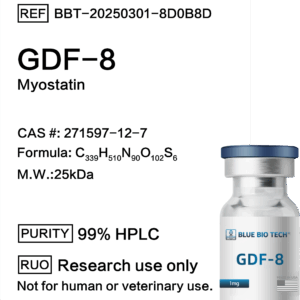
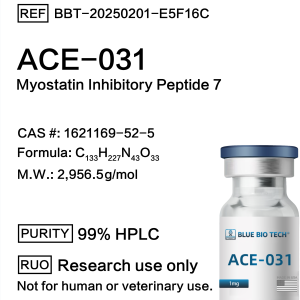

Reviews
There are no reviews yet.